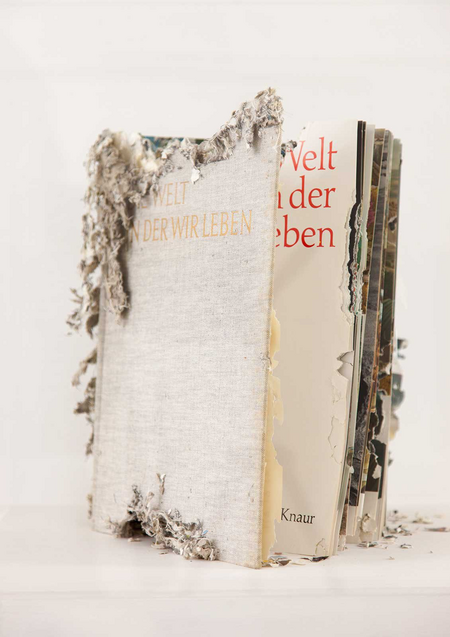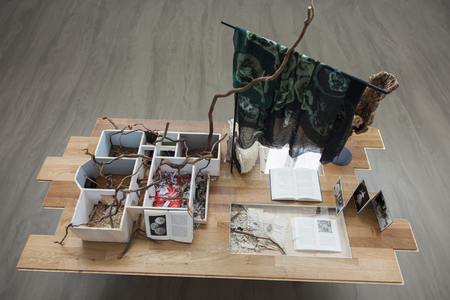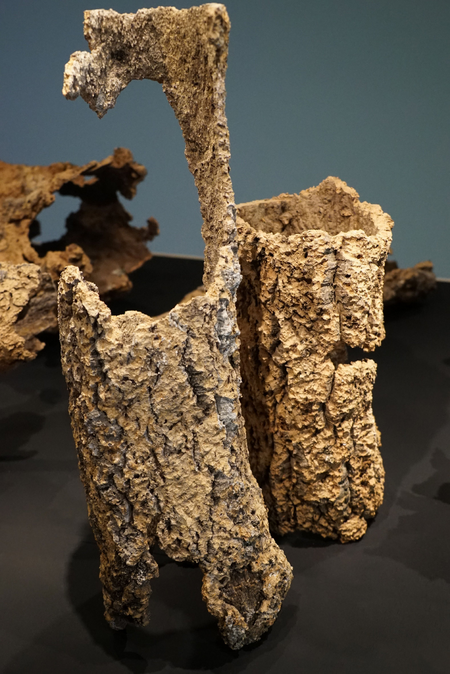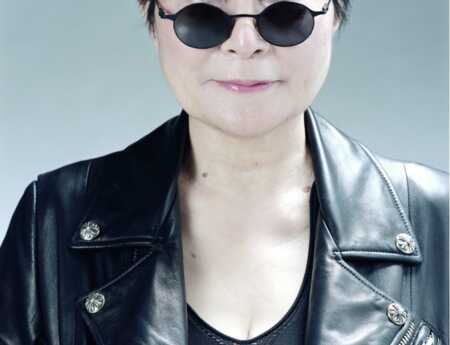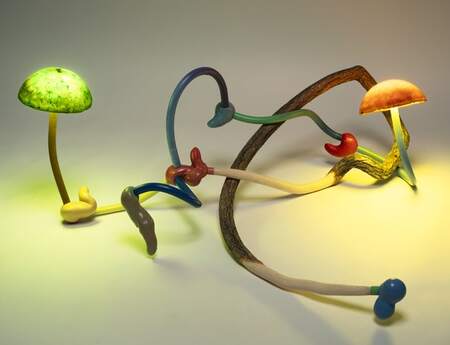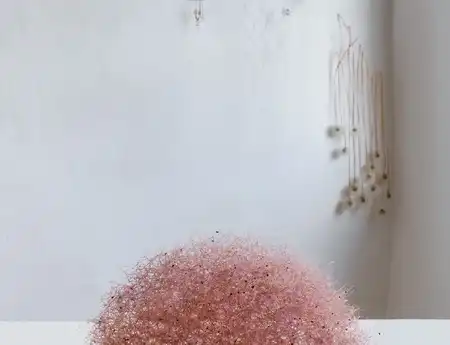TA T—Tieranatomisches Theater
Campus Nord, Philippstraße 13/Haus 3
10115 Berlin
Deutschland
Hörner/Antlfinger: Parrot Terristories
The first paintings depicting grey parrots date back to the time when the transatlantic slave trade began. African grey parrots came to Europe on the same ships on the same trade routes that companies used to trade sugar and enslaved people. Today, there are probably more African grey parrots living in human households worldwide than in their countries of origin in the wild.
The research and exhibition project Parrot Terristories by Hörner/Antlfinger revolves around the various territories and habitats in which grey parrots and humans meet—and have met historically. The exhibition at TA T—Tieranatomisches Theater in Berlin is the first to show all chapters of this body of work, which has been developed over the past six years in collaboration with numerous actors and institutions. In images, texts, films, sound works and installations, the artists explore the possible relationships between parrots and humans. Additionally, there will be a joint work with Nick Byaba (Parrot Tree Caretakers Association, Uganda), in which the relationship of wild grey parrots to their environment is examined.
Ute Hörner and Mathias Antlfinger are professors of Multispecies Storytelling at the Academy of Media Arts Cologne and have been living together in a multispecies household with grey parrots for over 20 years. Their installations, videos and sculptures deal with relationships between humans, animals and machines and open up critical perspectives on changeable social constructs as well as utopian visions of equal interaction. Their communal living with non-human animals is characterised by shared social actions and how these produce a shared space. In 2014, Hörner/Antlfinger founded the Interspecies Collective CMUK with the grey parrots Clara and Karl, who are also contributing artistic works to the current exhibition.
Non-human animals are individuals with their own will and experience, they have agency and are actively involved in the creation of the world. Recognising this animal agency is a central concern of Parrot Terristories. Even if current research remains largely anthropocentric, this approach has already been pursued in various disciplines since the so-called animal turn: Methods of multispecies ethnography, for example, incorporate the traces and perspectives of animal life and Critical Animal Studies examine, among other things, colonialities for non-human actors, i.e. the effects of colonial history such as the global trade in wild animals.
TA T is showing Hörner/Antlfinger Parrot Terristories in the context of research into material cultural heritage at the Helmholtz Centre for Cultural Techniques and the international Centre for Advanced Study inherit. heritage in transformation at Humboldt-Universität.
A new work by Hörner/Antlfinger is being created for the exhibition in collaboration with Museum für Naturkunde Berlin (advice on the history of science) and the Royal Museum for Central Africa in Tervuren, Belgium.
Curated by Felix Sattler.
About the TA T
The TA T (former Veterinary Anatomy Theater) is an exhibition space and stage for experimental forms of presentation and a laboratory for curatorial practices. As a research institution at the Humboldt-Universität zu Berlin, the TA T focuses on critical examination of the multifaceted role of material culture, collections and institutions. For this purpose, sciences and creative disciplines are brought into an exchange with each other as well as with actors from the arts and civil society. The aim is to make the diversity of knowledge visible while at the same time developing new formats and perspectives for exhibitions.
Cooperation partners: Dr Sylke Frahnert, Dr Katja Kaiser, Museum für Naturkunde Berlin (advice on the history of science) / Christine Bluard, Annelore Nackaerts, Royal Museum for Central Africa, Belgium / Prof Nancy Jacobs, Brown University, USA / Dr Vanessa Wijngaarden, University of Johannesburg, South Africa, University of Liège, Belgium.
Funded by: Kunststiftung NRW, Capital Cultural Fund Berlin, Academy of Media Arts Cologne.
